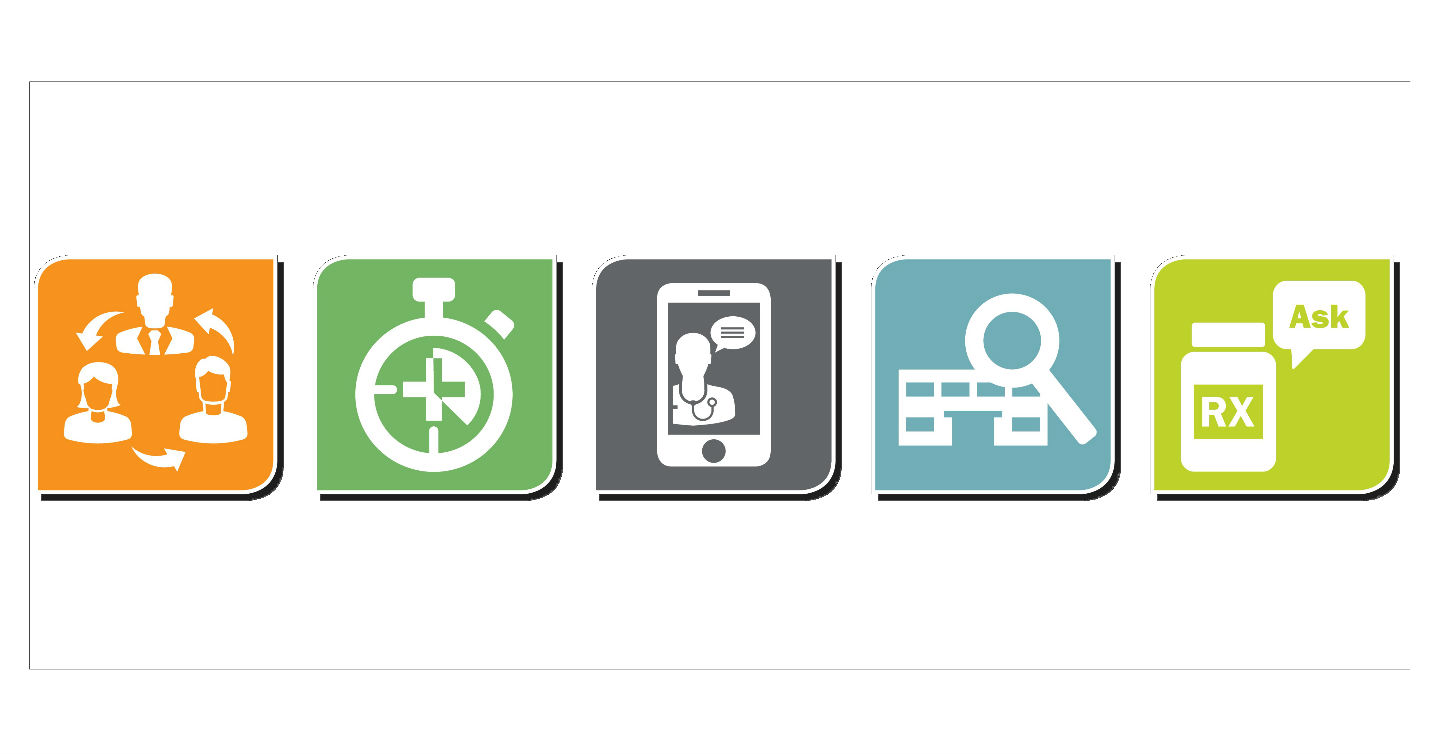Top Five Ways to Save on Your Health Care Costs – Step Two

Emergency vs. Urgent Care and Saving Money
It’s old news that health care is getting more expensive in the U.S. In fact, it’s about twice as expensive as it is in any other developed country. As a consumer, you can take steps to combat the growing cost by making informed decisions and knowing how to get the most out of your health plan.
Below is part two of a series of practical strategies you can use to save money on health care. Read about the other strategies by clicking on the links at the bottom of the blog.
Know when to use urgent care
Urgent care and emergency care are not the same. When your situation is not an emergency, you can significantly save on costs by going to an urgent care facility instead of the emergency room.
What is urgent care?
Urgent care is for an unexpected injury or illness that isn’t life-threatening but still needs attention quickly so you don’t develop a serious problem. It also costs about $600 less than going to the emergency room. Here are some examples.
- Most broken bones
- Minor cuts
- Sprains
- Most drug reactions
- Non-severe bleeding
- Minor burns
How is urgent care different from the emergency room?
An emergency is an illness, injury, symptom or condition so serious that a reasonable person would seek care right away to avoid severe hard. The costs associated with the emergency room can range from hundreds to thousands. Here are some examples.
- Shortness of breath
- Persistent chest pain
- Loss of vision
- Traumatic injuries
If you’re a Network Health member, you can find the closest in-network urgent care facility at networkhealth.com. Search by zip code to get the most results. Click Find a Facility and choose your plan. Under Step 2, Search by Service, choose Urgent Care Services.
Virtual Visits for non-emergency related situations can save you money and can be a more convenient way to get treated. Network Health members have access to virtual visits through MDLIVE®.
Curious about what the other strategies are?
Follow Your Health Plan’s Network Coverage
Take Advantage of Virtual Visits
Look for Surgery Centers and Local MRI Providers
Ask About Generics



